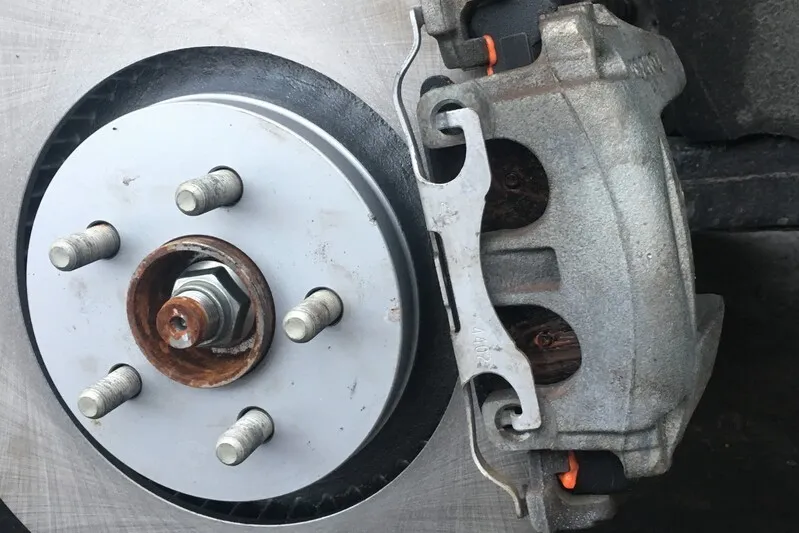How to diagnose brake problems
April 01, 2023Brake problems can be a serious safety concern when driving a vehicle. It is important to diagnose and address brake issues as soon as possible to ensure that your vehicle is safe to drive. In this blog post, we will discuss some common brake problems and how to diagnose them.
Spongy or Soft Brake Pedal
If your brake pedal feels spongy or soft, it could indicate a problem with the brake system's hydraulic pressure. This could be due to air in the brake lines, a brake fluid leak, or a failing master cylinder. To diagnose the problem, start by checking the brake fluid level in the reservoir. If it is low, check for leaks in the system. If there are no visible leaks, it could be a failing master cylinder.
Brake Noise
Brake noise can be caused by a variety of factors, including worn brake pads, warped rotors, or loose brake components. Squeaking, grinding, or vibrating noises when you apply the brakes are all signs of brake issues. Start by inspecting the brake pads and rotors for wear or damage. If the pads or rotors are worn, they will need to be replaced. If there is no visible damage, check for loose brake components such as caliper bolts or clips.
Pulling to One Side
If your vehicle pulls to one side when you apply the brakes, it could be due to uneven brake pad wear, a stuck caliper, or a problem with the brake hose. To diagnose the problem, inspect the brake pads and calipers for wear or damage. If the pads are worn unevenly or the caliper is stuck, it will need to be replaced. If there is no visible damage, inspect the brake hoses for kinks or damage.
Brake Warning Light
If the brake warning light on your dashboard comes on, it could indicate a problem with the brake system. This could be due to a low brake fluid level, worn brake pads, or a failing brake sensor. Start by checking the brake fluid level in the reservoir. If it is low, check for leaks in the system. If there are no visible leaks, inspect the brake pads for wear. If the pads are worn, they will need to be replaced.
In conclusion, diagnosing brake problems can be a complex process, but it is important to address any issues as soon as possible to ensure your vehicle's safety. If you are unsure how to diagnose or repair brake problems, it is best to seek the assistance of a professional mechanic. Regular brake maintenance and inspection can help prevent brake problems from occurring and keep your vehicle safe on the road.


